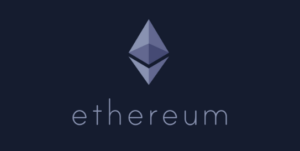Tether and Stablecoins are becoming increasingly popular in the world of cryptocurrency, offering users a more stable alternative to volatile digital assets like Bitcoin and Ethereum. But what exactly are Tether and Stablecoins, and how do they work?
Tether is a type of cryptocurrency known as a stablecoin. Unlike volatile cryptocurrencies whose value can swing dramatically in short periods, stablecoins are designed to maintain a stable value. Tether, in particular, is pegged to the value of traditional fiat currencies like the US dollar. This means that 1 USDT (Tether) should always be equal to 1 USD.
Stablecoins like Tether are often used by traders and investors as a way to hedge against market volatility. By holding Tether, users can quickly move their funds in and out of other cryptocurrencies without worrying about price fluctuations. This makes Tether a valuable tool for those looking to minimize risk in their cryptocurrency investments.
One of the key components of Tether’s stability is its backing. Tether claims to be backed 1:1 by reserves of traditional currency. This means that for every Tether in circulation, there should be an equivalent amount of US dollars held in reserve. This backing is intended to provide stability and reassurance to Tether users, helping to maintain the coin’s peg to the US dollar.
Stablecoins like Tether operate on blockchain technology, the underlying technology behind most cryptocurrencies. This technology allows for secure, transparent, and decentralized transactions. Each transaction involving Tether is recorded on a public ledger, known as the blockchain, which ensures that all transactions are verifiable and tamper-proof.
While Tether and other stablecoins offer a level of stability not found in many other cryptocurrencies, they are not without controversy. Critics have raised concerns about the transparency of Tether’s reserves and whether the company truly holds enough traditional currency to back all Tether in circulation. Additionally, regulatory scrutiny has been increasing in the stablecoin space, with authorities looking to ensure compliance with existing financial regulations.
Despite these challenges, Tether and stablecoins continue to play a significant role in the cryptocurrency market. Their stability and ease of use make them attractive to many users, whether as a hedge against market volatility or as a means of transacting in the rapidly evolving world of digital assets.
In conclusion, Tether and stablecoins provide a stable alternative in the often volatile world of cryptocurrencies. Understanding how they work and their role in the market can help you make informed decisions when navigating the world of digital assets.

